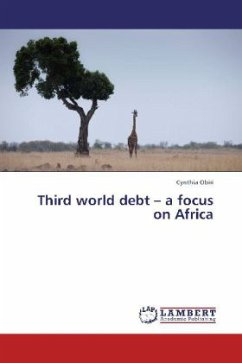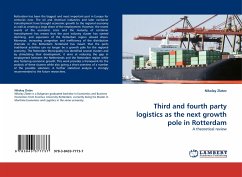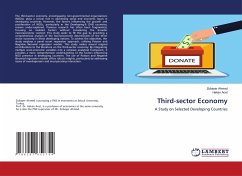Third world debt is the external debt of low income countries. In Sub Saharan Africa, its consequences are devastating in that tens of thousands of children die daily and a large proportion of people live on less than USD$2 per day. Despite the advent of foreign aid initiatives, such as the Heavily Indebted Poor Countries Initiative (HIPC) and the hundred percent debt forgiveness scheme, deaths from curable and fatal diseases, extreme poverty, poor infrastructure, illiteracy, child labour and low economic productivity are still rampant in the region. This book researches the reasons behind current third world debt in Sub Saharan Africa. It includes an extensive literature review to identify gaps and failings in existing research, documentary research to analyse Sub Saharan African government statistical data and a primary survey of twenty five individuals that employs method triangulation (White, 2003, p 67). The researcher has then combined all the different research methodologies and undertaken an overall gap analysis (Palmer et al, 2006, p 117).
Bitte wählen Sie Ihr Anliegen aus.
Rechnungen
Retourenschein anfordern
Bestellstatus
Storno








